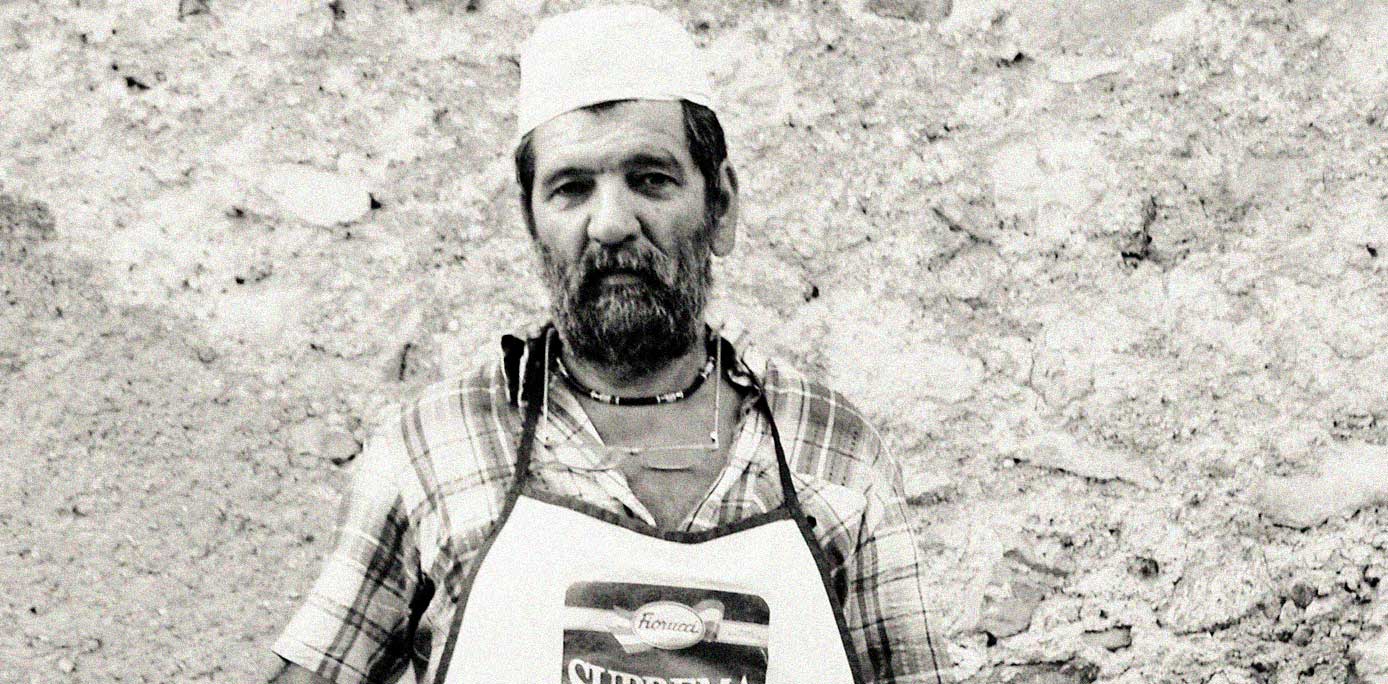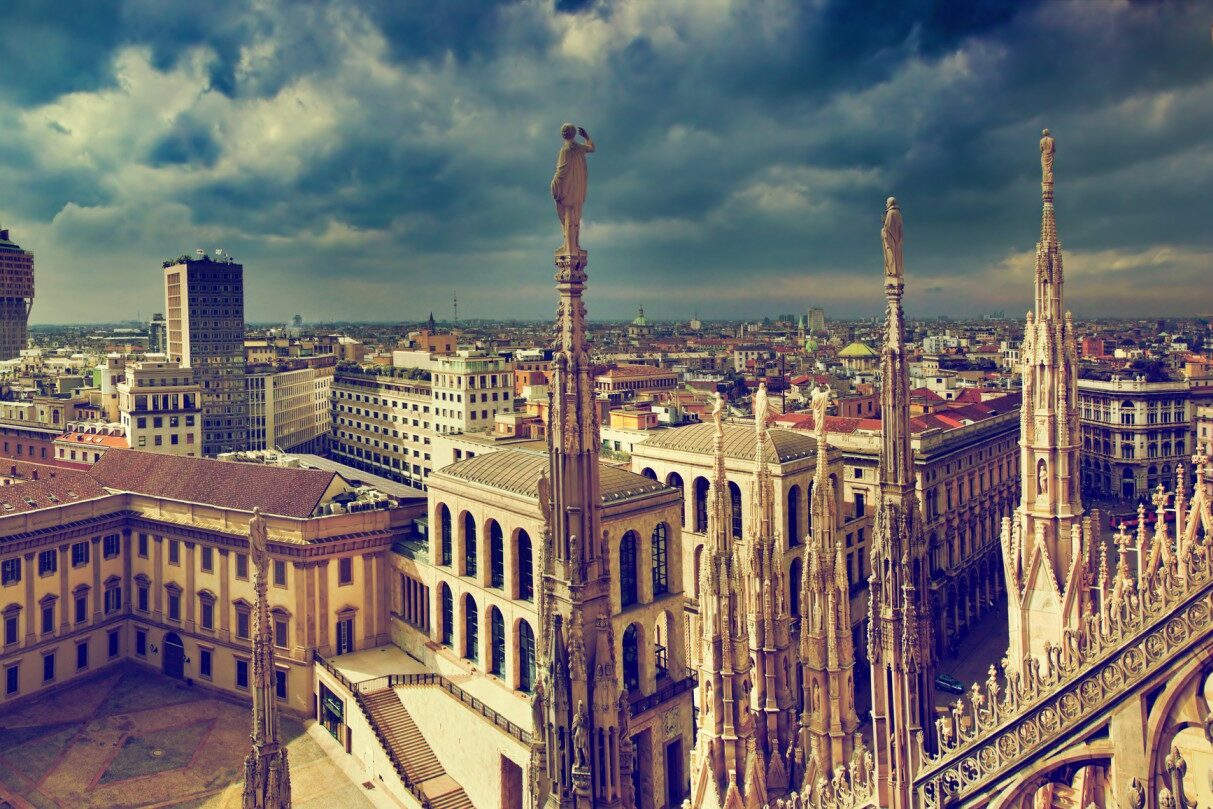We of L’Italo-Americano are great supporters of traditional knowledge and heritage, and it really couldn’t be any different. For Italian-Americans, maybe more than for European Italians, discovering and appreciating their origins and family history is not only a moment of cherished sharing with their elders, but often an essential step towards profoundly personal moments of discovery and self awareness.
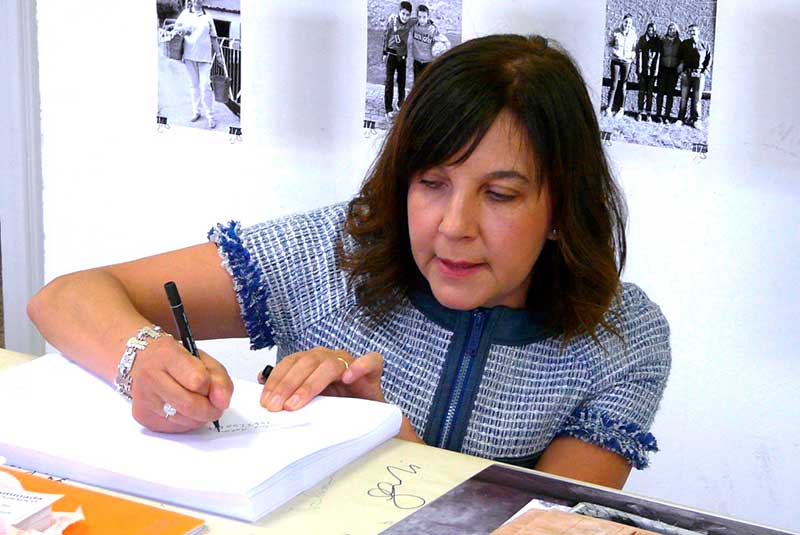
With her project, Caminada wants to keep alive Barni’s traditional world and, by connection, that of many Italian villages @ Giulia Caminada
Italians of Italy though – and I say this as one – often forget about the beauty of their heritage, especially when family history and tradition are nestled somewhere high on the mountains or hidden in the hills, somewhere small, where the days still follow the slow rhythms of agricultural patterns, and social life blossoms around the piazza and the weekly Sunday morning mass. The funny thing is that, when you think about it, the majority of us actually comes from places like that, because Italy is largely made of them: old fashioned villages, stone built hamlets almost stuck in a pleasant time warp where modernity hides within the walls of people’s homes, on the screens of plasma TVs and last generation laptops.
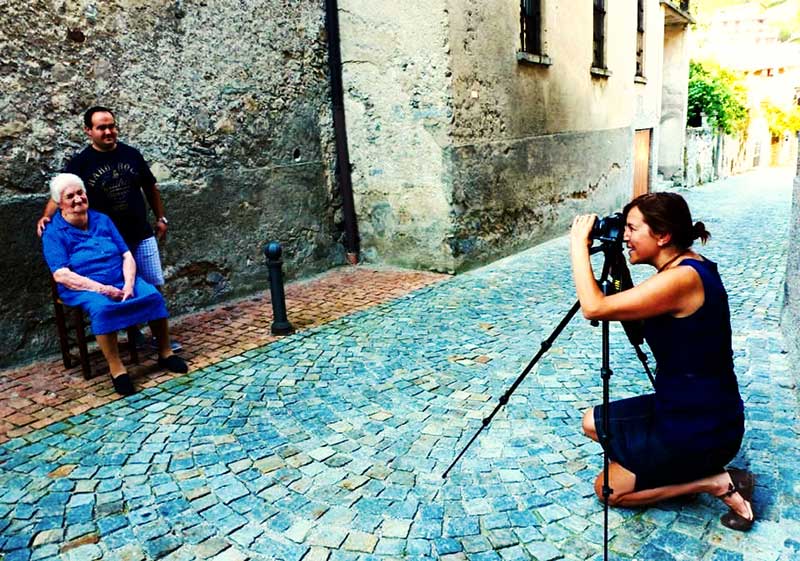
Giulia Caminada at work with the people of Barni@ Giulia Caminada
As beautiful as they may be, our country villages and alpine towns, our fishing or medieval hamlets have been paying the toll of decades-long depopulation, with younger generations leaving to find fortune in the city or even abroad. In times past, but not so long ago, the young left their villages almost with relief, finally able to experience the buzz and novelty of what they saw as a more fashionable, exciting world.
Today, these very villages are fighting an arduous battle against a slow and inexorable death, but the people left who still call them home are not giving up, and even the younger generations, those very same that a decade or so ago would have left in search of the trend and excitement of the city, have begun to discover the importance of their heritage.

One of the shots part of the open air photo exhibition @ Giulia Caminada
Barni is one such places. Located on the high hills of the Vallassina, not far from the Lake of Como, its community has been working hard to save it from depopulation and oblivion because they believe, just as many other small communities around Italy, that their village is a wonderful place to live, rich in tradition and history. As many hamlets around the Belpaese, Barni is something of a magical corner of the world. It is just like a large family, where you’re not simply you, but your father’s child and grandfather’s grandchild; here, it is the skills and the crafts you know and practice that make you who you are, not the clothes you wear or the type of smartphone you use: status symbols, in this type of Italy, are not what you would expect.
And so, to make sure the rest of the world knew about their little corner of beauty, last year the people of Barni joined the Invasioni Digitali project, an interesting initiative aimed at giving exposure to the many beautiful but little known boroughs and villages of Italy in the most contemporary of manners: through the use of social media. Invasioni Digitali means “digital invasions” and collects under its hashtag, #invasionidigitali, a myriad of beautiful snapshots made by visitors and inhabitants of participating locations. The initiative is still ongoing and there are plentiful of appointments for the late Spring and throughout the Summer, all with the same objective: gathering people in a place that needs exposure to enhance tourism, to attract attention or, quite simply, to get the pleasure to see it pictured and shown all over the internet: in the end, isn’t that the ultimate type of fame, nowadays?
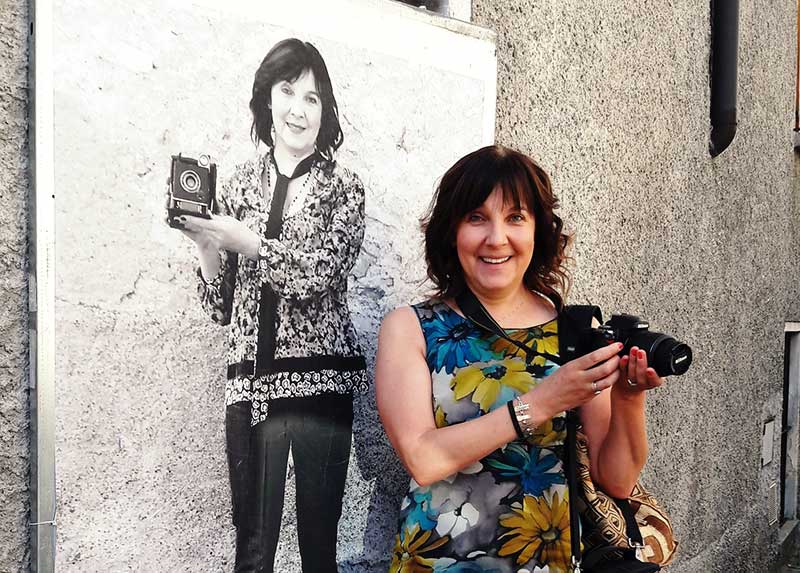
Giulia Caminada at work @ Giulia Caminada
Let’s go back to Barni, though, and to the end of April of last year when it, too, had its own “digital invasion:” it was a success, in spite of the bad weather and not only because plenty of people took marvelous photos. It was a full-on storytelling experience, with Marco Fioroni, local man born and bred in Barni, to walk visitors around the alleys and streets of the village, telling stories of the past and of its people, of what Barni’s heritage and history are and still represent: what a beautiful, enchanting way to learn about a place. On the day, local entrepreneurs and restaurateurs had also the opportunity to showcase the best of their production, bringing to new heights awareness of the amazing wine and food culture of Barni and of the Como area. A win-win type of situation.
But Barni, on that faithful day of twelve months ago, really wanted to show the best of itself, because its small, stony streets had been already turned into an amazing open air photo exhibition, just to keep on with the team of the day. Thanks to the initiative and creativity of Giulia Caminada, a local teacher with a clear eye for photography, poster size, black and white portraits of Barni’s inhabitants populated the village, each one of them busy doing what they knew best: some weaving, others making cheese or butter, others still holding old-fashioned agricultural instruments that spoke of a long gone, yet still alive past. In the eyes of these people, young and old, men and women, one could find the essence not only of the Invasioni Digitali project, but of the whole idea of “home,” as conceived in rural, traditional Italy: an essence that speaks of modernity built on the strong shoulders of tradition, of young generations learning from the old, just as it has always happened in life and history, but bringing in, this time around, a bit of knowledge and know-how, too: that they acquired with studies, with travels, with technologies unavailable to their parents and grandparents. An essence that speaks of love, respects and simplicity, of a lifestyle that is fulfilling because it touches the strings of what should truly be important: happiness, family, serenity and, why not, fun, camaraderie and good food.

One of the shots part of the open air photo exhibition @ Giulia Caminada
Fast forward to a week ago, when Barni made it on the Italian prime time news: a beautiful reportage introduced its people to the country, in a way possibly even more powerful than social media, television. Caminada’s portraits of her paesani still embellish the village’s streets and, this time around, viewers got a chance to hear the voices of those photographed: under the investigating eye of the videocamera, their voices betrayed a hint of shyness and embarrassment, their words marked by the secular inflection of their valley. They spoke of childhood memories that are intimately theirs, but also mirror those of millions of Italians, included the one writing these words for you today; they smiled proud of their heritage, they showed their will to keep it alive, always.
The see the future “invasioni digitali” planned for the next months, you can check out the project’s website, at www.invasionidigitali.it. You’ll find them on Twitter @InvasioniDigitali and on Instagram @invasionidigitali.
